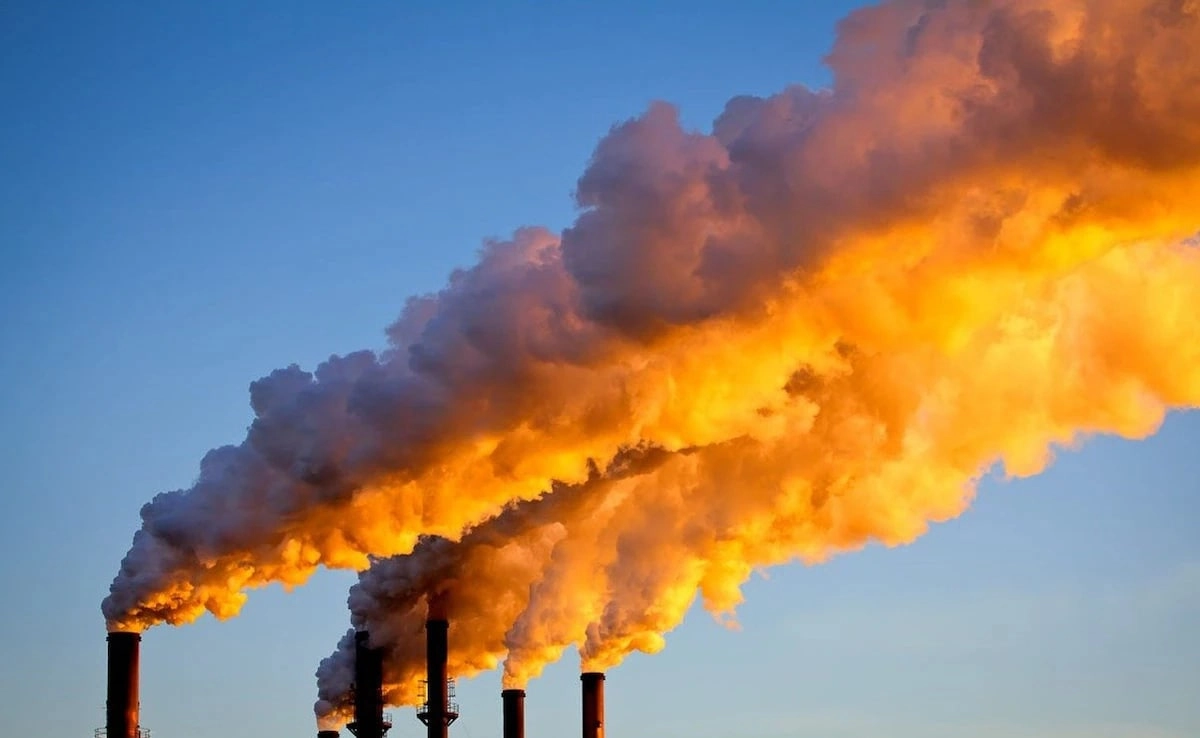Carbon credits have emerged as a pivotal mechanism in the global effort to combat climate change. A carbon credit represents the right to emit one ton of carbon dioxide or its equivalent in other greenhouse gases. The creation and trading of these credits are designed to incentivize reductions in carbon emissions. Companies or countries that exceed their emissions targets can purchase credits from those that have successfully reduced their emissions below their allotted limits. This market-based approach aims to create a financial incentive for organizations to invest in cleaner technologies and practices, thereby driving innovation and fostering sustainable development.
The cost of carbon credits can vary significantly based on various factors, including supply and demand dynamics, regulatory frameworks, and the specific projects that generate these credits. In recent years, there has been a noticeable increase in the price of carbon credits, reflecting a growing recognition of their importance in addressing climate change. This rise in costs can also be attributed to stricter emissions regulations and a heightened urgency to meet international climate goals, such as those outlined in the Paris Agreement. As more countries commit to ambitious carbon neutrality targets, the demand for carbon credits is expected to continue rising, which could lead to further increases in their market price.
Investing in carbon credits is not just a financial transaction; it represents a commitment to sustainability and environmental stewardship. By purchasing carbon credits, businesses can offset their emissions while supporting projects that promote renewable energy, reforestation, and sustainable agriculture. These projects not only help to sequester carbon but can also provide additional social and economic benefits to local communities. For instance, reforestation initiatives can restore ecosystems, enhance biodiversity, and improve air and water quality, which are crucial for the health of the planet and its inhabitants.
The potential of carbon credits in the fight against climate change lies in their ability to harness market forces to drive significant reductions in greenhouse gas emissions. As awareness of climate issues continues to grow, carbon markets are likely to expand, making it increasingly important for businesses and individuals to understand how they can participate in this system. By engaging with carbon credits, stakeholders can contribute to a more sustainable future while also positioning themselves competitively in a rapidly evolving economic landscape that increasingly prioritizes environmental responsibility. In this way, carbon credits not only serve as a tool for mitigating climate change but also help to create a more resilient and sustainable global economy.




